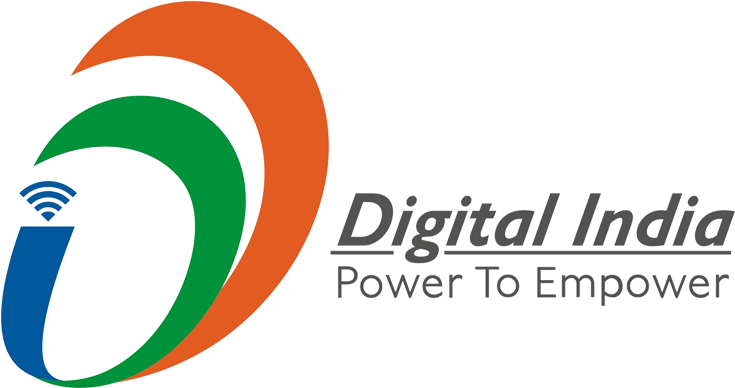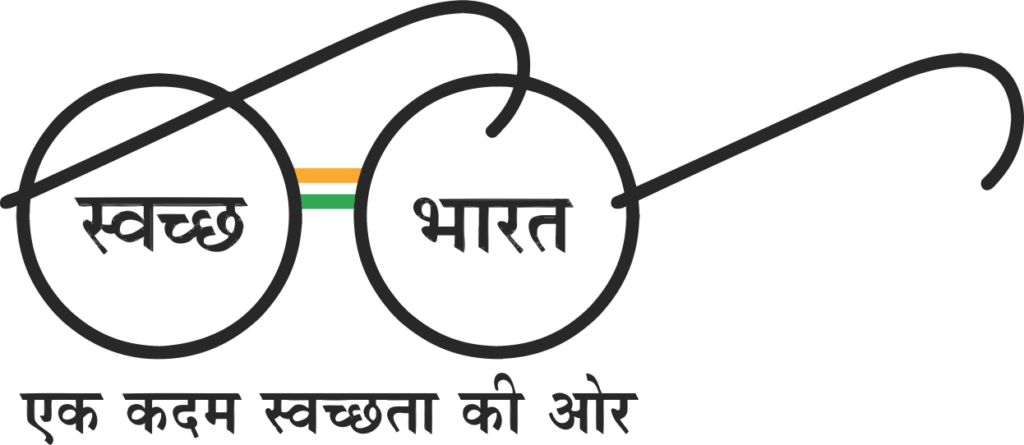Embracing the Digital Bharat Revolution
Introduction:
In today’s digital era, ensuring financial inclusion and access to banking services for all segments of society is crucial. One significant initiative that has greatly contributed to this mission is the Bank Mitra program. This innovative concept has bridged the gap between traditional banking and underserved areas, providing individuals with access to basic banking services and promoting financial literacy. In this article, we will delve into the Bank Mitra program, its objectives, benefits, and its impact on promoting financial inclusion in India.
1. The Digital Bharat Initiative:
Digital Bharat is an ambitious initiative launched by the Government of India to accelerate the adoption of digital technologies and enable a digitally empowered nation. Under this program, several transformative initiatives have been introduced, including Digital India, Make in India, Skill India, and Start-up India. These initiatives collectively aim to bridge the digital divide, provide access to affordable digital infrastructure, promote digital literacy, and foster innovation and entrepreneurship in the country.
2. Empowering Individuals and Businesses:
Digital Bharat has opened up immense opportunities for individuals and businesses alike. With increased internet penetration and the widespread use of smartphones, more people have gained access to online platforms and services. This has facilitated the growth of e-commerce, online banking, digital payments, and e-governance, making life more convenient for citizens. Moreover, the rise of digital marketing and social media platforms has allowed businesses, especially small and medium enterprises (SMEs), to reach wider audiences, expand their customer base, and compete in the digital marketplace.
3. Boosting the Indian Economy:
The digital revolution in India has had a transformative impact on the economy. Digital Bharat has provided a conducive environment for start-ups and innovation, leading to the emergence of a vibrant start-up ecosystem. This has not only attracted investments but also created job opportunities, fostering economic growth and development. Furthermore, the digitization of various sectors, such as banking, agriculture, healthcare, and education, has improved efficiency, transparency, and accessibility, thereby contributing to overall economic progress.
4. Challenges and the Way Forward:
While Digital Bharat has made significant strides, there are challenges that need to be addressed. One of the primary challenges is the digital divide, as a considerable portion of the population still lacks access to digital infrastructure and digital literacy. Efforts must be made to bridge this gap by expanding internet connectivity, improving digital literacy programs, and ensuring affordability of digital services. Additionally, cybersecurity and data privacy are critical concerns that need to be tackled to ensure a safe and secure digital environment.
Conclusion:
Digital Bharat has become a catalyst for change, propelling India into the digital age and unlocking a world of opportunities. The government, individuals, and businesses must collaborate to further drive the digital revolution. By addressing challenges such as the digital divide and cybersecurity, India can realize the full potential of Digital Bharat, fostering inclusive growth, empowering citizens, and propelling the nation towards a prosperous future.


